Last spring, I decided to take advantage of the lockdown time by turning a patch of overgrown and lumpy land into a cluster of flowerbeds.
You may remember that I had to dig out the beds, harvest the rocks that were in the ground in these beds, and create some sort of a pathway through the beds – which I did by scattering lawn seed through the wild grass already present. The pathway became lawnmower-ready after this preparation, and I’ve been thankful many times over that I had prepared it in this manner. Being able to easily maintain this has made my life easier when having to focus on the upkeep of this patch of land.
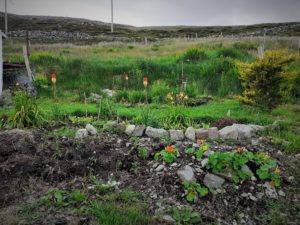
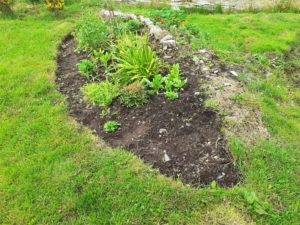

In this area, I planted chrysanthemums, nasturtiums, salvia, poppies, ox-eye daisies, echium, calendula, lilies, lupins, dwarf sunflowers, daffodils, muscari, red hot pokers, a hebe, delphiniums, cornflowers, Limnanthes, primulas, Shasta daisies, crocosmias and Iberis Sempervirens. I wanted a cottage-garden feel to the flowerbeds, where something would be blooming for most of the year. The cornflowers took over a bit (and the trailing nasturitiums took over a lot!) but they looked so pretty doing so, that I just left them to it!
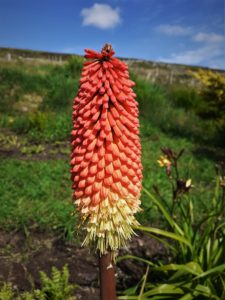
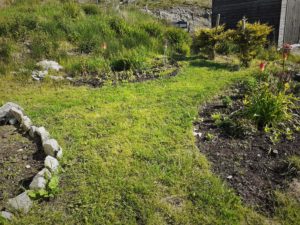
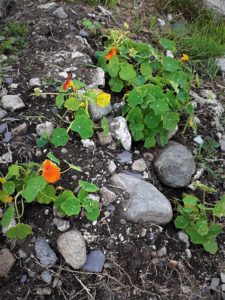
I had a little walk around the flowerbed area today and there is a lot of clearing and tidying up to do – but not now. Despite my fingers itching to clear things away and make them tidy, I know that winter has only just begun and these patches of land guarding precious root systems shouldn’t be disturbed until after the deep frosts of February have past. So all the dead stems and rubbishy stalks will stay, as they provide a bit of warmth and protection for all the plants I germinated and planted over the course of last year.

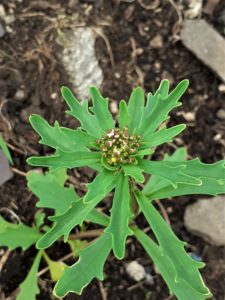
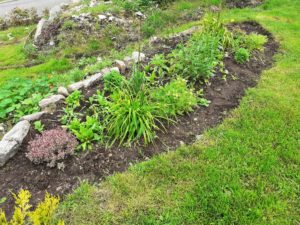

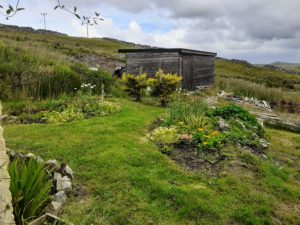
You may remember from my previous posts about this project that I also had to involve myself into ditch digging in this area, to facilitate the water travel. Sigh, somehow I think I’ll be involved in ditch digging this coming spring as well – just in another part of the garden. I have a serious mud-trap going on behind the house near to this year’s carrot bed. It needs attention now but, erm, I really don’t fancy going outside in the cold and wet, sloshing and flailing around the mud while trying to manipulate a shovel with one foot, to dig a drain. That just spells disaster, doesn’t it?
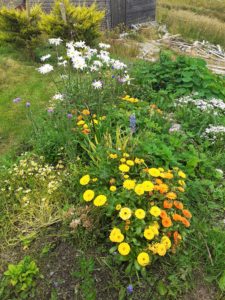

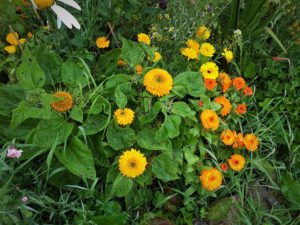
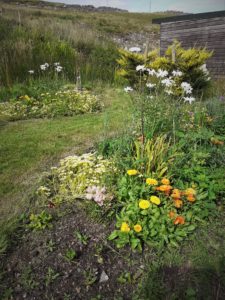
On the positive side though, it gives me time to plot and daydream ways in which I can make my muddy area lovely. I have added incentive to do this as I have leftover rock chips from laying the path at the front corner garden! Yippee! Let the plotting commence!

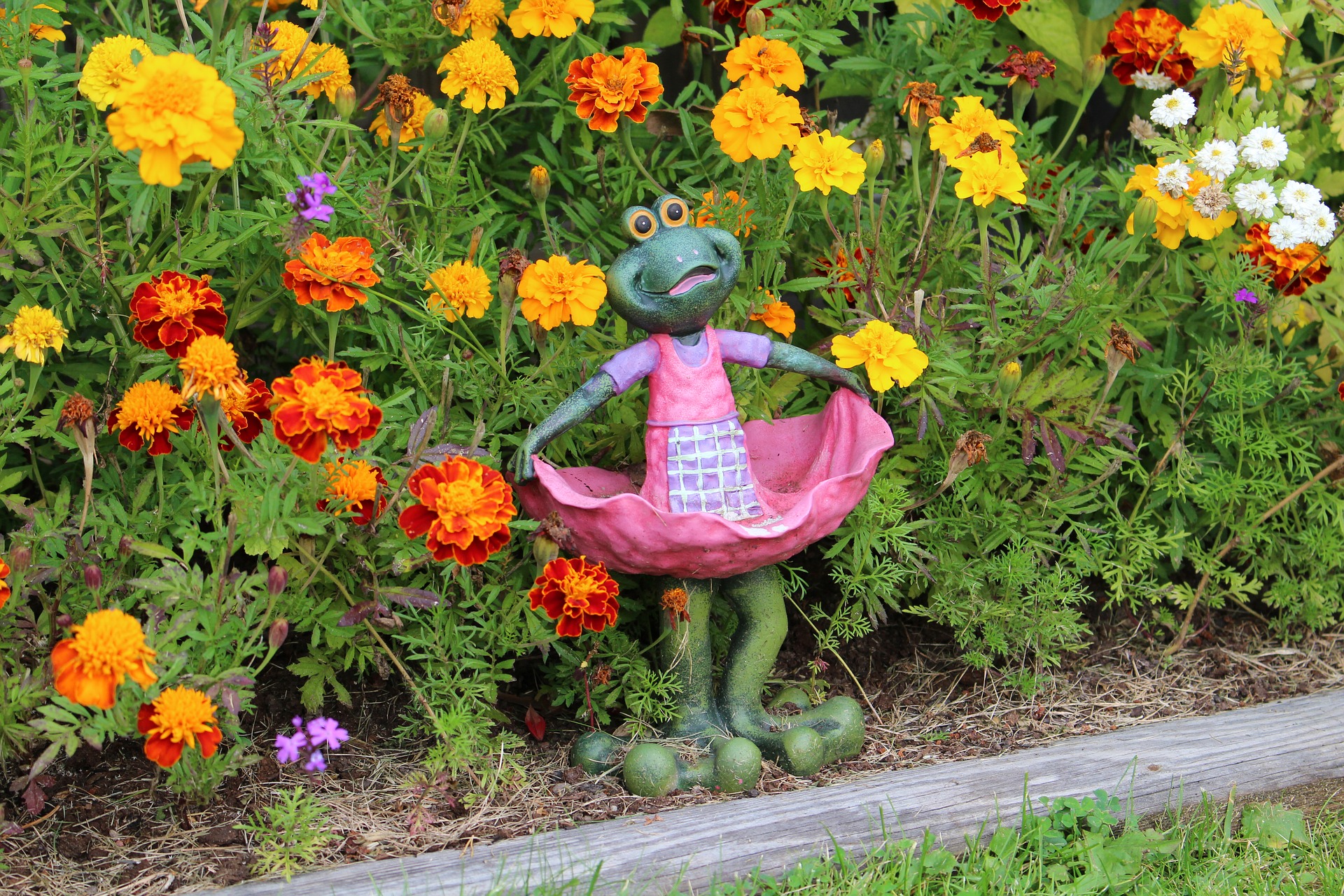


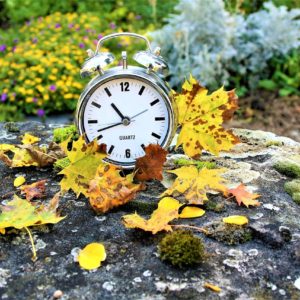

2 thoughts on “The Evolution of the Cluster of Flowerbeds – Flowers Everywhere!”